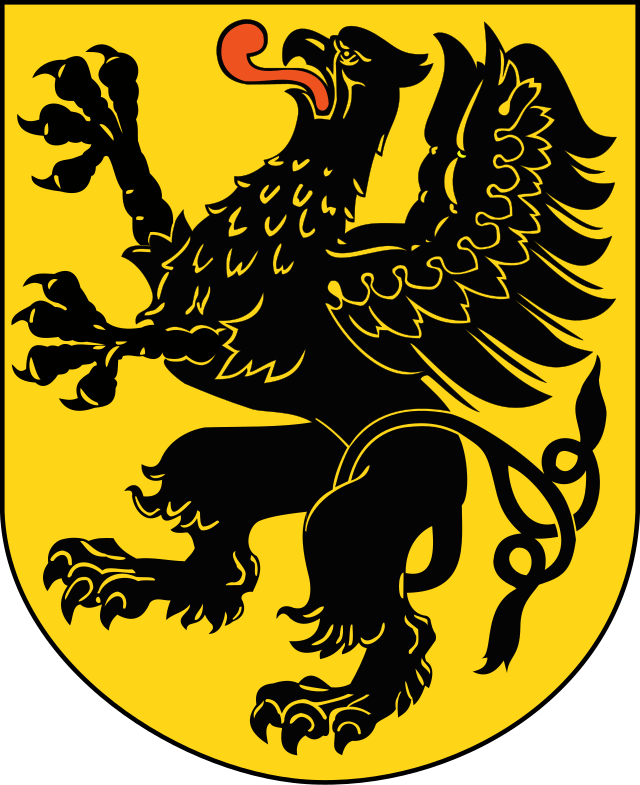Gdańsk_Pomerania
Gdańsk Pomerania (Polish: Pomorze Gdańskie), Kashubian: Gduńsczim Pòmòrzã, German: Danziger Pommern) is a geographical region within Pomerelia in northern and northwestern Poland, covering the bulk of Pomeranian Voivodeship.

It forms a part and the bulk of Pomerelia, also known as Vistula Pomerania, Eastern Pomerania, and previously Polish Pomerania; however, in contrast to the latter terms, it does not cover the historical areas of Chełmno Land and Michałów Land, sometimes with the addition of Lubawa Land.
It has traditionally been divided into Kashubia, Kociewie and Tuchola Forest regions. The Lauenburg and Bütow Land is considered by the Polish historiography a part of Kashubia (and thus Gdansk Pomerania), while German historiography tends to treat it as a part of Farther Pomerania. Gdansk Pomerania has been inhabited by ethnic Kashubians, Kociewians and Borowians, respectively.